Neuroethology
Recent articles
Star-responsive neurons steer moths’ long-distance migration
Cells in the bogong moth brain respond to astral landmarks to orient the insects in the direction they need to go.
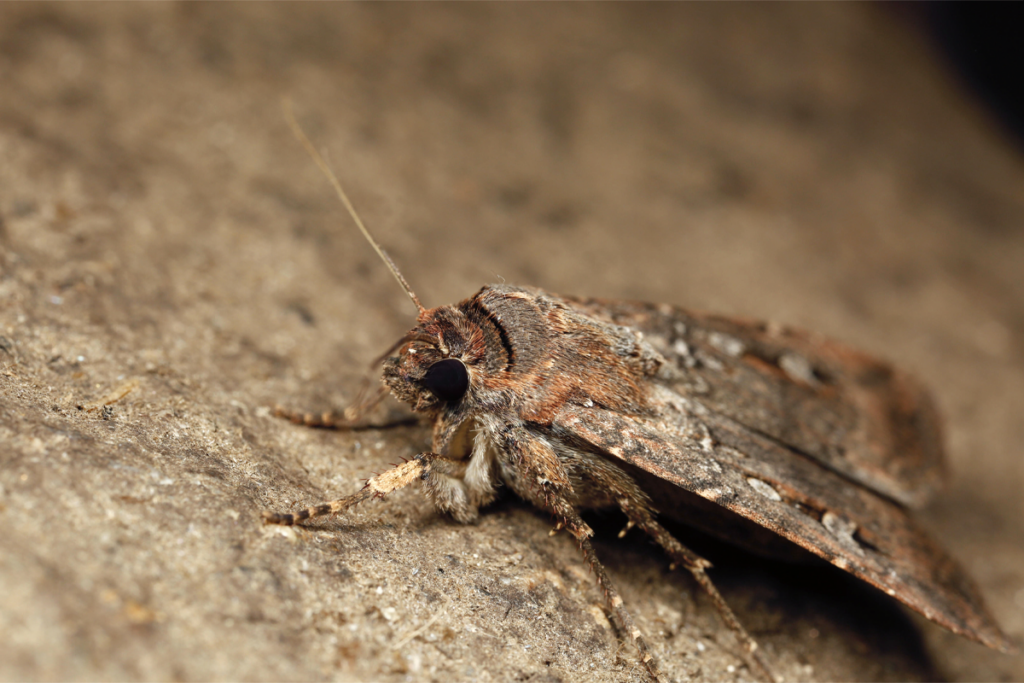
Star-responsive neurons steer moths’ long-distance migration
Cells in the bogong moth brain respond to astral landmarks to orient the insects in the direction they need to go.
Coding bonus: Bats’ hippocampal cells log spatial, social cues
The neurons represent not only an animal’s place in space, but also the distinguishing features of its fellow bats, including their sex and social status.
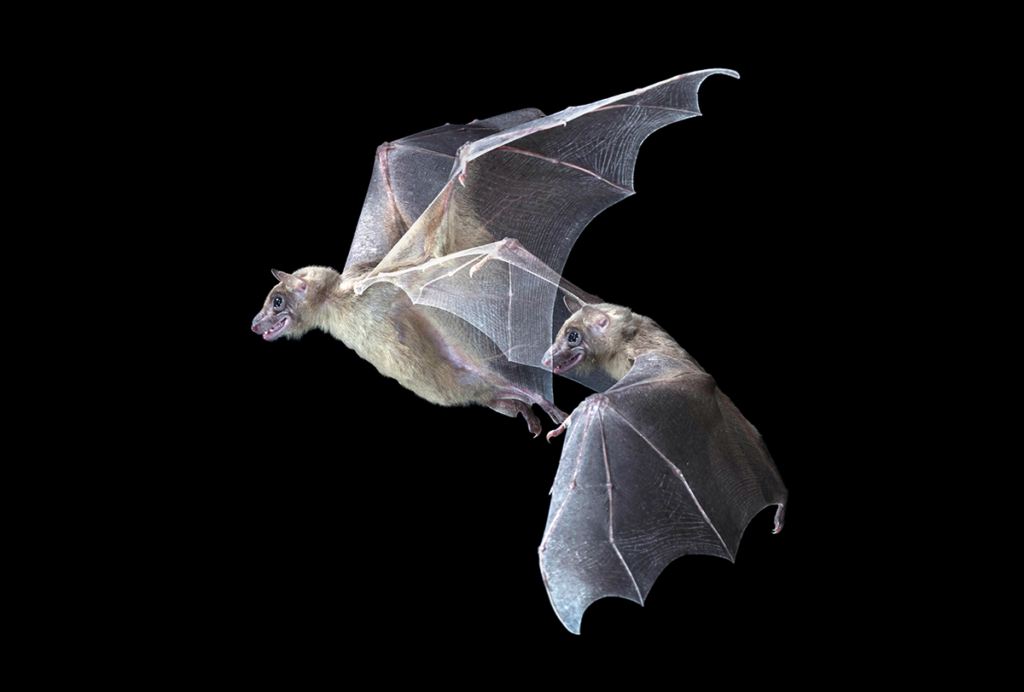
Coding bonus: Bats’ hippocampal cells log spatial, social cues
The neurons represent not only an animal’s place in space, but also the distinguishing features of its fellow bats, including their sex and social status.
In case you missed it: Standout news stories from 2024
These five stories—on the pregnant brain, a failed imaging method and more—top our list of some of the most notable neuroscience research findings this year.

In case you missed it: Standout news stories from 2024
These five stories—on the pregnant brain, a failed imaging method and more—top our list of some of the most notable neuroscience research findings this year.
Martín Giurfa y la idea de hogar
El investigador de la cognición de insectos ha hecho su trabajo en varios continentes, pero Argentina nunca está lejos de su mente.

Martín Giurfa y la idea de hogar
El investigador de la cognición de insectos ha hecho su trabajo en varios continentes, pero Argentina nunca está lejos de su mente.
Egyptian fruit bats’ neural patterns represent different experimenters
The findings underscore the importance of accounting for “experimenter effects” on lab animals.
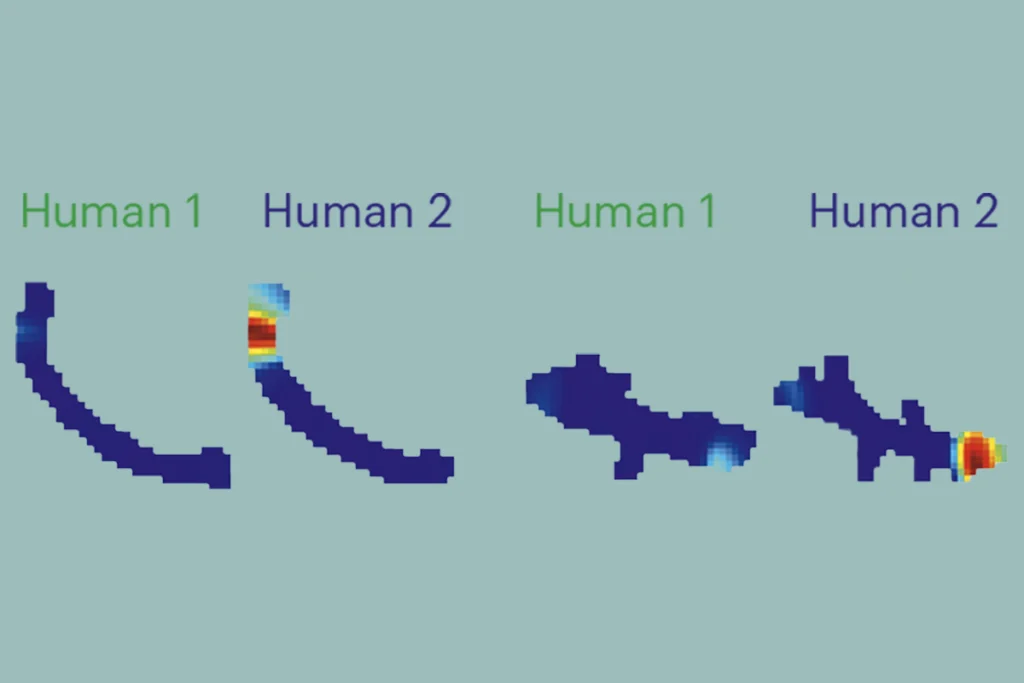
Egyptian fruit bats’ neural patterns represent different experimenters
The findings underscore the importance of accounting for “experimenter effects” on lab animals.
Martin Giurfa’s concept of home
The insect-cognition researcher has done his work across continents, but Argentina is never far from his mind.

Martin Giurfa’s concept of home
The insect-cognition researcher has done his work across continents, but Argentina is never far from his mind.
Improvising to study brains in the wild: Q&A with Nacho Sanguinetti-Scheck
A joke at a neuroscience summer program nearly a decade ago ignited a lifelong research interest for this Uruguayan scientist—one that plays on his comedic strengths.

Improvising to study brains in the wild: Q&A with Nacho Sanguinetti-Scheck
A joke at a neuroscience summer program nearly a decade ago ignited a lifelong research interest for this Uruguayan scientist—one that plays on his comedic strengths.
Postdoc’s grad-school sleuthing raises questions about bee waggle-dance data
A journal has flagged two papers with expressions of concern, which note a co-author acknowledged errors.
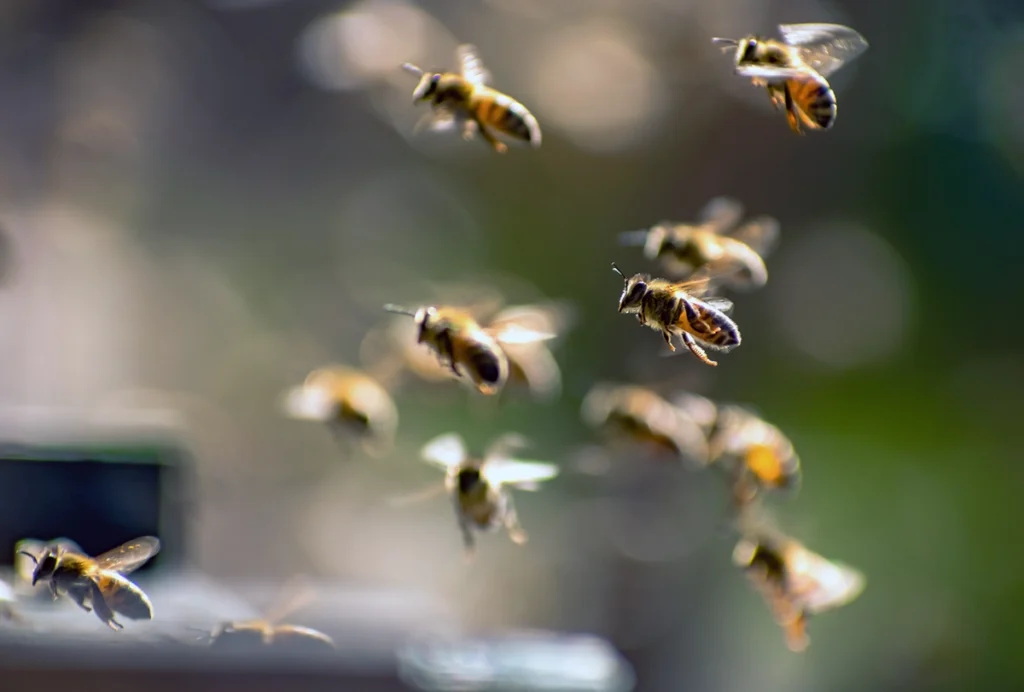
Postdoc’s grad-school sleuthing raises questions about bee waggle-dance data
A journal has flagged two papers with expressions of concern, which note a co-author acknowledged errors.
Mind control in zombie flies: Q&A with Carolyn Elya
A parasitic fungus compels its insect host to behave in strange ways by hijacking secretory neurons and circadian pathways.
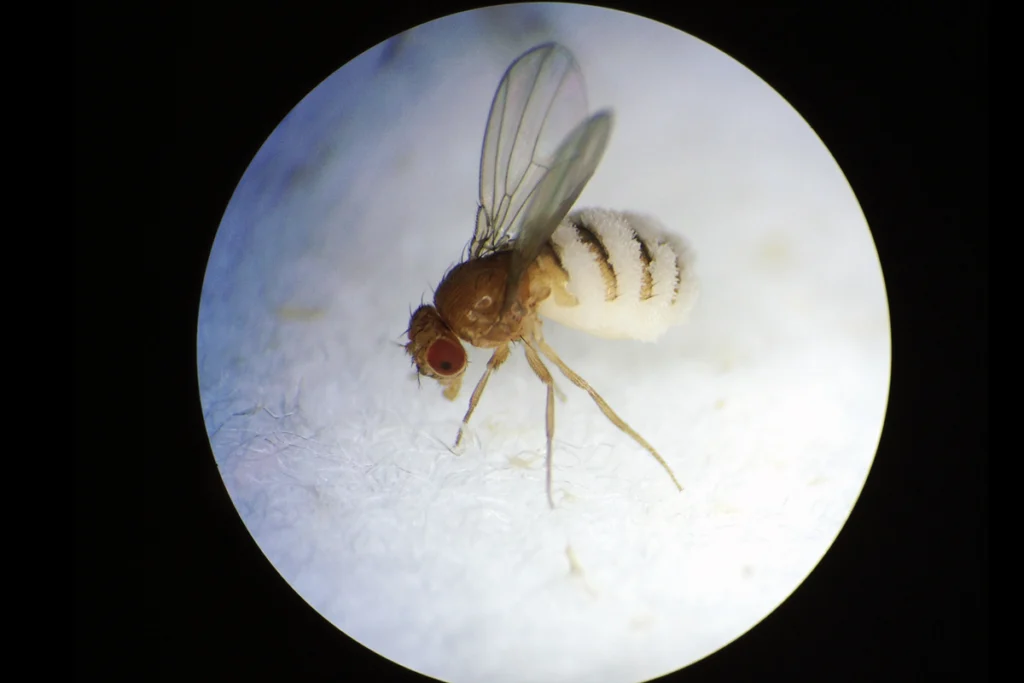
Mind control in zombie flies: Q&A with Carolyn Elya
A parasitic fungus compels its insect host to behave in strange ways by hijacking secretory neurons and circadian pathways.
Dancing in the dark: Honeybees use antennae to decode nestmates’ waggles
The insects align their antennae with their body’s angle to a dancer—information that vector-processing circuitry in the brain deciphers into a flight path, a new study suggests.
Dancing in the dark: Honeybees use antennae to decode nestmates’ waggles
The insects align their antennae with their body’s angle to a dancer—information that vector-processing circuitry in the brain deciphers into a flight path, a new study suggests.
Explore more from The Transmitter
Xiao-Jing Wang outlines the future of theoretical neuroscience
Wang discusses why he decided the time was right for a new theoretical neuroscience textbook and how bifurcation is a key missing concept in neuroscience explanations.
Xiao-Jing Wang outlines the future of theoretical neuroscience
Wang discusses why he decided the time was right for a new theoretical neuroscience textbook and how bifurcation is a key missing concept in neuroscience explanations.
Memory study sparks debate over statistical methods
Critics of a 2024 Nature paper suggest the authors failed to address the risk of false-positive findings. The authors argue more rigorous methods can result in missed leads.

Memory study sparks debate over statistical methods
Critics of a 2024 Nature paper suggest the authors failed to address the risk of false-positive findings. The authors argue more rigorous methods can result in missed leads.
Attention not necessary for visual awareness, large study suggests
People can perceive some visual information even if they do not pay direct attention to it.
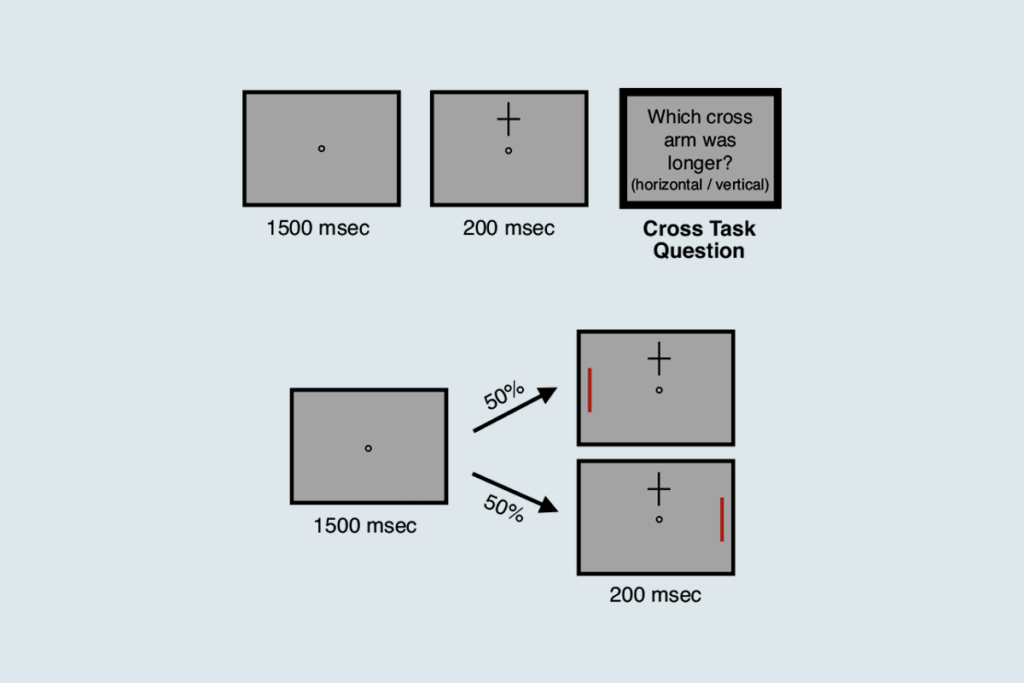
Attention not necessary for visual awareness, large study suggests
People can perceive some visual information even if they do not pay direct attention to it.